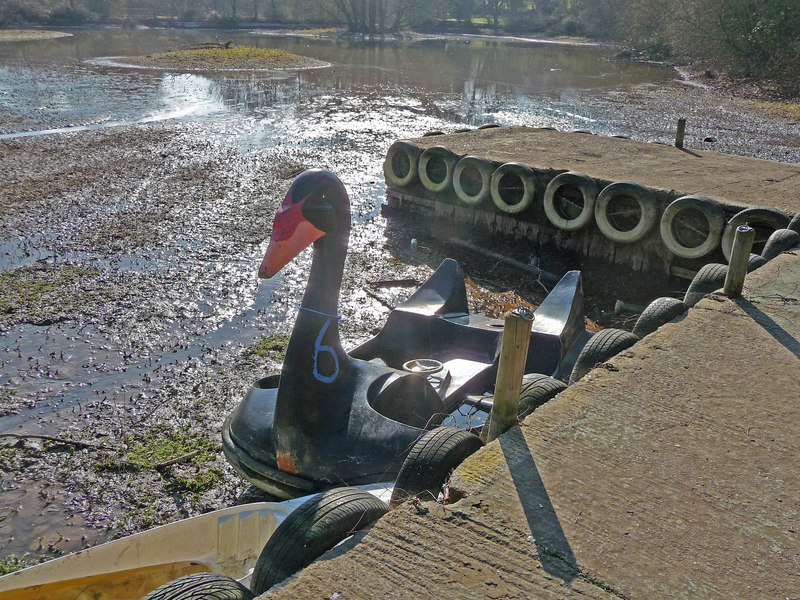| Trillions of gallons are dumped into the ocean. Trillions. A significant number for an insignificant reason. As most Arizona residents know, the most renewable source of water comes from the Colorado River. So California, through suffering another drought causes a daunting amount of issues on all ends for those involved with the river. However, they’re wasting precious rainwater. In February of 2024, the state wasted an estimated 18 trillion gallons of rain.
This rainwater flows into the Pacific Ocean the water waste comes from whenever dams and reservoirs begin to overflow the water goes straight to the Pacific. The second reason is that the water is often contaminated from the asphalt of urban streets capturing this water could be done through replenishing the groundwater supplies. Arizona gets very little rainwater throughout the year so it wouldn’t hurt for California to spare some. This waste issue is not only affecting California but also in Arizona. Over the past 3 years, California has severely overdrawn its share of the Colorado River. The Imperial Valley District, located in southern California is the largest user of the said river. Back in the early 1920s, the rights of the Colorado River began to be decided, a meeting was held in New Mexico where the decision was made to split up the river into two sections, the Upper and Lower basin states. although the Upper came up with a sound plan of using percentages to divide up their water resources. The lower basin was a lot more complicated because of the up-and-coming California while the other slower-growing states are forced to watch as they lose priority over the river. Although it’s an enormous source of water for the western states, California’s rainfall is another alternative that has failed to be capitalized on. The reason why California has abnormally high rainfall is because of the natural event referred to as Atmospheric Rivers; these are when water vapors near the tropics get transported equivalent to the average flow of water at the mouth of the Mississippi River. Since rainfall such as in recent events shows no signs of stopping why not capitalize on this opportunity? They say if life gives you lemons, make lemonade. California’s spin on this phrase is, ‘When life gives you rain, waste 80 percent of that rain into the Pacific Ocean. Even with a whopping 50 dams, a few more couldn’t hurt, so why throw away what’s being given to you? However, this is nothing new. In fact, the state managed to raise 2.7 billion dollars for new dams. Then again that was ten years ago and the process needs to be reinstated. This has caused a severe uproar as the state had just gotten out of a drought. Now with the lack of saving current rainfall, it’s likely they will soon be in another. . A way to resolve these issues in the future is redesigning cities or shifting focus in developing areas more on recycling and collecting stormwater. Trillions of gallons are being wasted into the ocean, and desalination of ocean water takes high amounts of money and energy as is. So water being graced that comes only to be wasted is a major issue for all states involved in the plan. Arizona already has issues with using its reserves, so constantly compromising with them only draws further concern. Hindsight greatly played a part in the way water is handled now as far back as the 20th century, focusing more on how to get rid of it rather than any future uses of it. This is due to storms that plagued the 30s that wiped away homes and construction progress. Jump forward to the 21st century and now we’re facing major issues in how to even scrape back hints of the trillions of gallons lost just from our wasteful neighbor. The sun is bright but the future of our water is quite bleak in comparison. Here’s a little fun fact backed by the Los Angeles Times, there is more wasted water running off into the Pacific Ocean at the end of the year than what Los Angeles could potentially be using. Efforts to catch storm water have increased but according to experts, this will take a lot of time to do and make use of. Many many years to recover such wasted water. Decades specifically. There have been measures taken for reuse especially in this drought-driven state, such as directly reusing wastewater. They are the second state to incorporate this, right behind Colorado. The reluctance of California to push forward with progress mirrors that of many states across the nation, fueled by public resentment. Yet, the backlash directed at the state cannot be solely attributed to its actions. California grapples with the intricate balance of fostering development while safeguarding fragile ecosystems, particularly in the context of dam and river projects. The dilemma lies in the delicate balance between the immediate consequences of halting such projects and the long-term ramifications of ecological disruption. While prioritizing ecosystem preservation may strain budgets and limit space for development, it is essential for mitigating water waste and ensuring sustainability. Only by prioritizing sustainable development can we safeguard the future for generations to come. |










